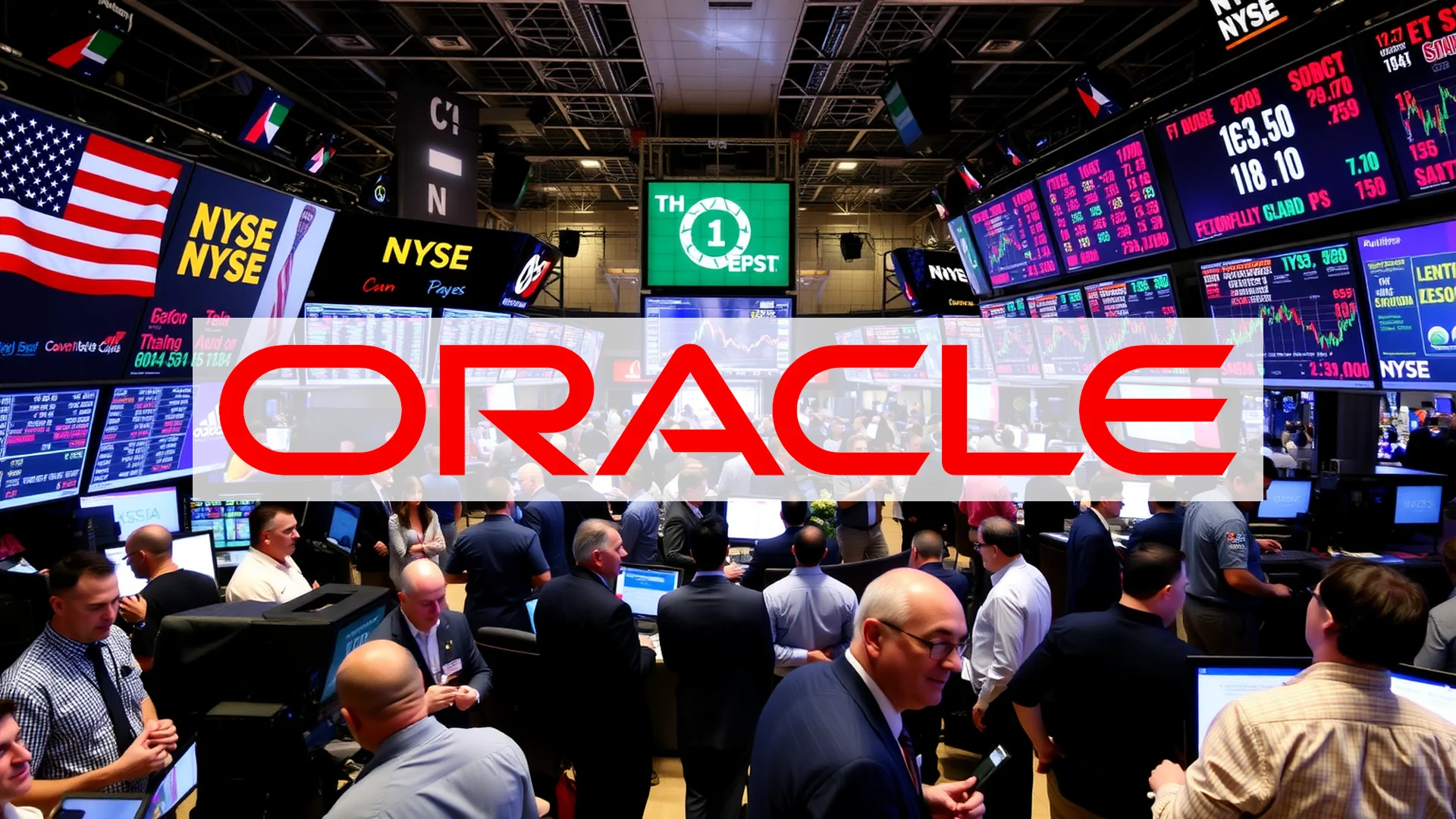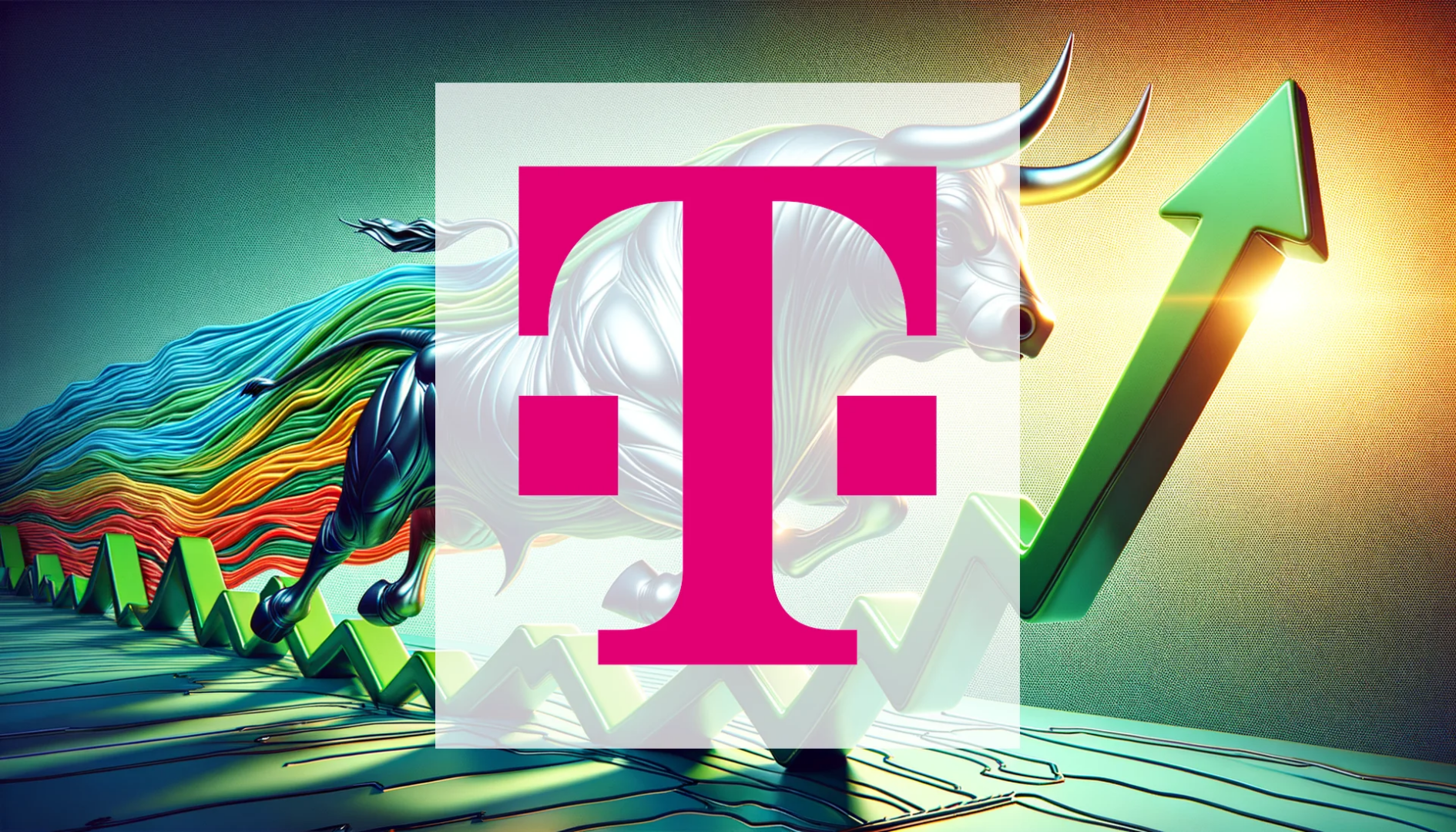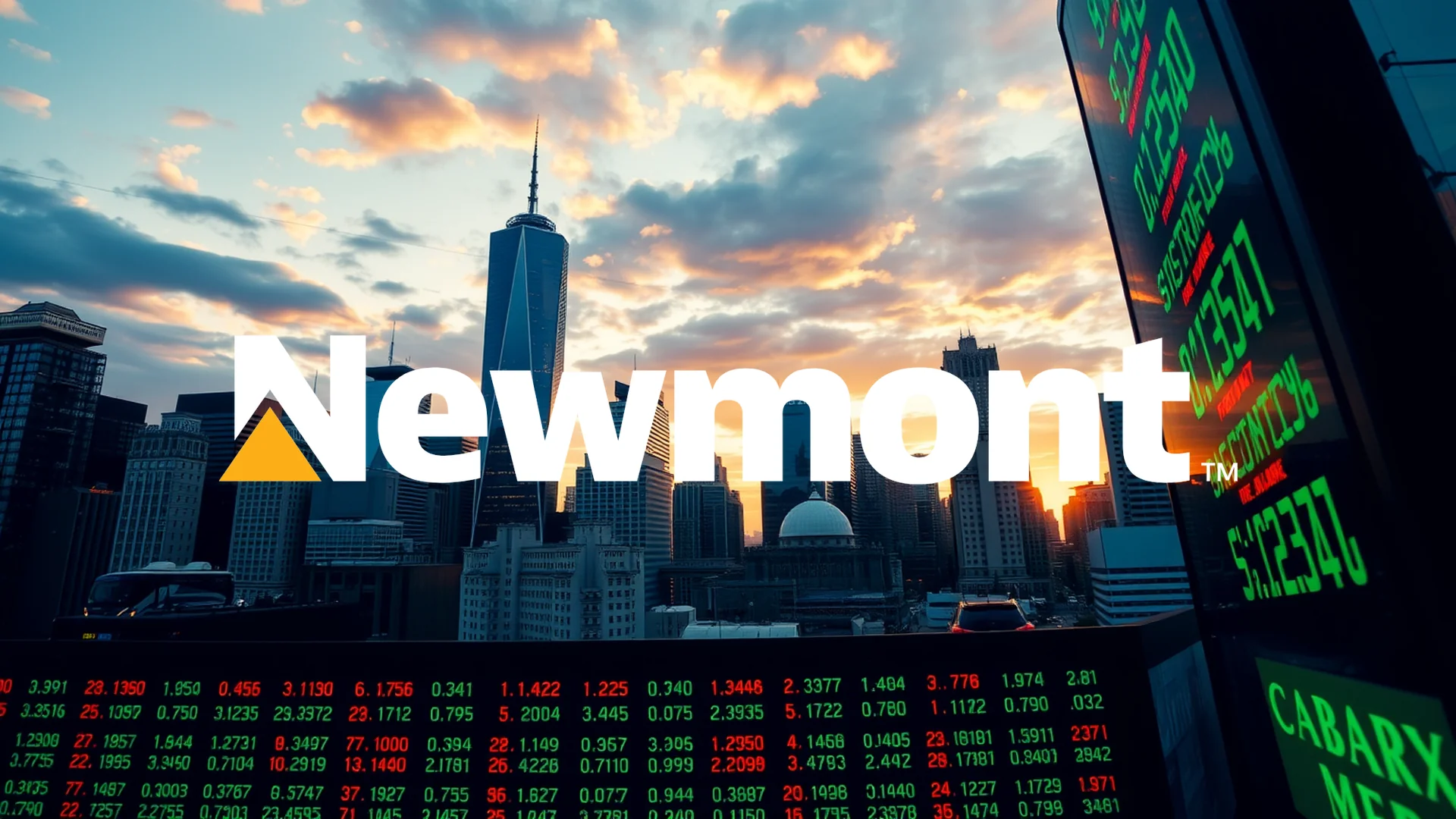Oracle Corporation finds itself navigating a period of significant transformation, marked by a stark contrast between Wall Street’s price projections and concerning signals from the debt markets. At the heart of this corporate drama is co-founder Larry Ellison’s decision to personally assume command over nearly half of the company’s workforce, a move that underscores the critical juncture at which the tech giant stands.
Internal Overhaul as Ellison Assumes Direct Control
A substantial internal power shift is underway at Oracle. Chairman and co-founder Larry Ellison has centralized authority, taking direct managerial responsibility for approximately 40% of all employees. His expanded oversight now includes the finance, human resources, and legal departments. This consolidation of power, occurring just ahead of the annual shareholder meeting on November 18, suggests the company is entering a crucial phase. Oracle is aggressively expanding its data center infrastructure to compete for lucrative artificial intelligence cloud contracts against industry titans like Microsoft and Amazon.
Bullish Analyst Outlook Clashes with Market Skepticism
Despite the internal restructuring, external analysis from firms like Jefferies remains overwhelmingly positive. The investment bank recently reaffirmed its “Buy” recommendation for Oracle, maintaining a bold price target of $400 per share. Their analysts contend that concerns over the company’s substantial debt load and reliance on a concentrated customer base are overstated.
This optimistic stance, however, has failed to galvanize the equity market. Oracle’s shares recently declined by about one percent, trading near $220. Furthermore, the consensus average price target among analysts sits at $323.69, a figure that remains significantly above the current trading level, highlighting a clear disconnect between expert projections and investor behavior.
Debt Markets Flash Warning Signs
The hesitation among investors may be rooted in the credit markets, where alarming trends are emerging. Investment firms are increasingly selling Credit Default Swaps (CDS) linked to Oracle, a financial instrument used to hedge against the risk of the company defaulting on its debt. This activity indicates a rising perception of credit risk. Specifically, the five-year CDS for Oracle have climbed to multi-year highs.
Should investors sell immediately? Or is it worth buying Oracle?
The corporate bond market tells an even more dramatic story:
- Oracle’s 30-year bond has plummeted by approximately 8% since October.
- It is currently trading at around 65 cents on the dollar, a level indicative of substantial market unease.
- The primary driver behind this sell-off is apprehension regarding Oracle’s massive capital expenditures on its AI infrastructure.
To finance its ambitious expansion and remain competitive in the AI arena, Oracle has taken on significant debt. The financial markets are now questioning whether this multi-billion dollar gamble will ultimately yield returns.
Insider Trading Activity Adds to the Narrative
Adding another layer to the complex situation, corporate insiders have been reducing their holdings. Over the past three months, executives have sold shares valued at more than $60 million. This group included CEO Clayton M. Magouyrk, who disposed of 40,000 shares in October. Despite these sales, insiders still retain a notably high stake of nearly 41% of the company’s shares.
The upcoming annual meeting will be a key event for Oracle, offering a clear indicator of whether shareholders endorse Ellison’s tightened grip and the aggressive AI strategy, or if the concerns echoing from the credit and bond markets are indeed warranted.
Ad
Oracle Stock: Buy or Sell?! New Oracle Analysis from November 18 delivers the answer:
The latest Oracle figures speak for themselves: Urgent action needed for Oracle investors. Is it worth buying or should you sell? Find out what to do now in the current free analysis from November 18.
Oracle: Buy or sell? Read more here...








